Critical Object 1: Phone Cell
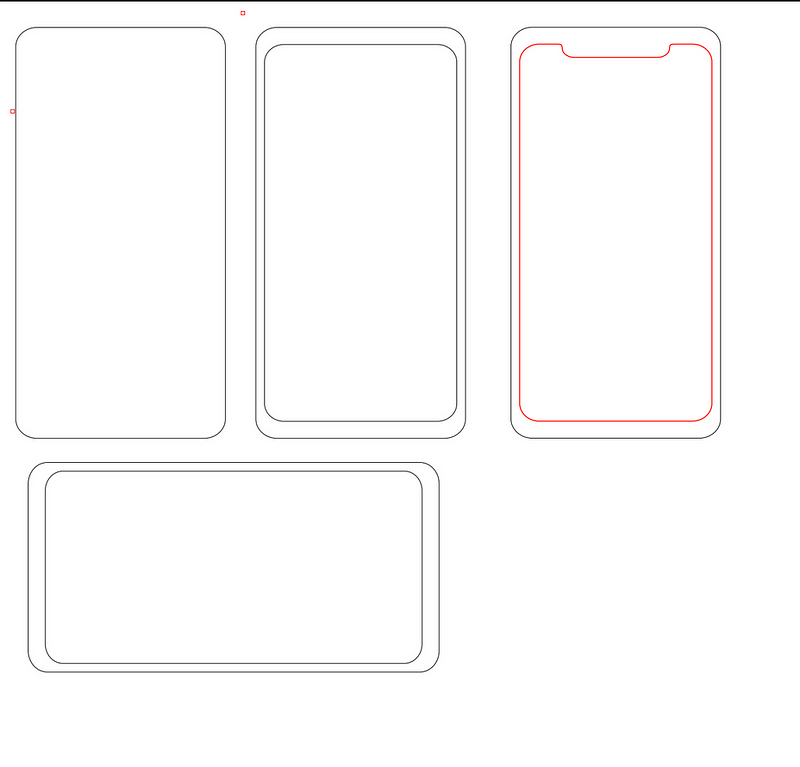
Critical Objects: The Phone Cell
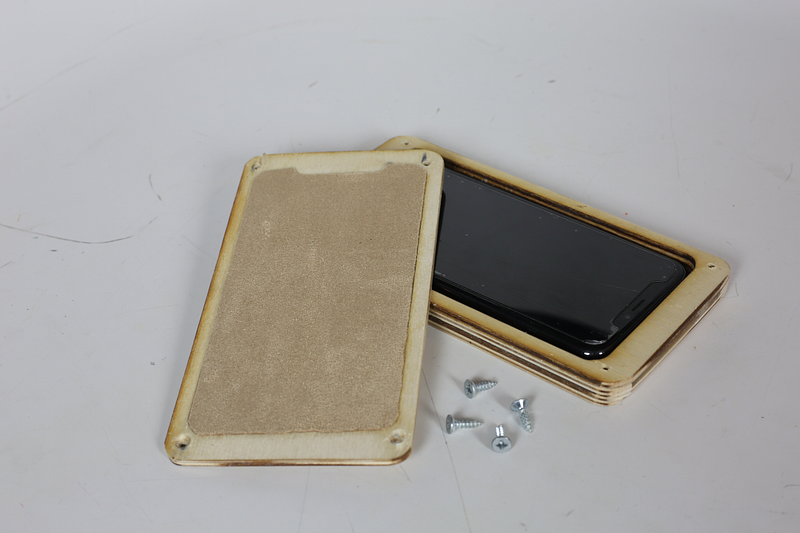
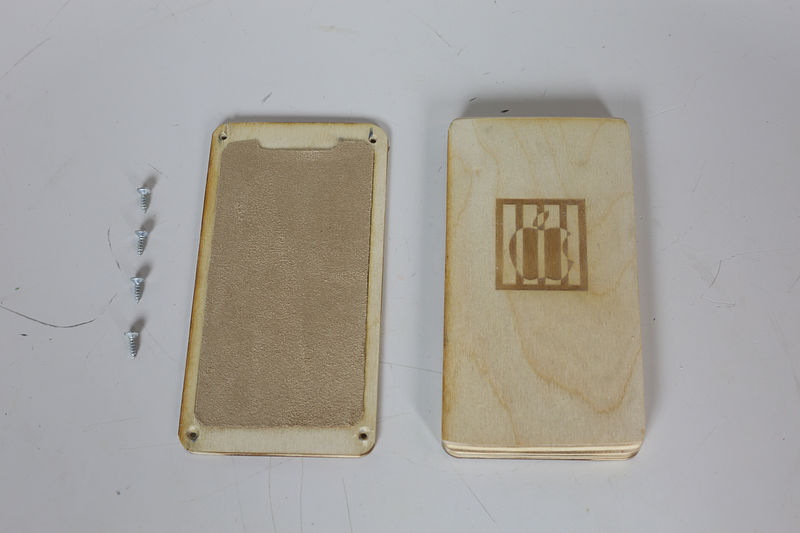
For our first assignment, Stefan and I tossed around a number of ideas. We both agreed that we’d like to constrain ourselves to something fully analog (since it’s easy to fall into the trap throwing an arduino and some LEDs on top of everything at ITP, we wanted to challenge ourselves to be minimal). From there, we were initially interested in making a product that was a commentary on consumer tech culture: making an analog version of some status symbol product (airpods, smart watches, etc.). From there, we started thinking about these technologies, and technological addiction, and that got us to our final idea: the Phone Cell.
The Phone Cell is a phone case that renders your phone inaccessible. We tried to make an object that is both beautiful and offers a pleasant tactile experience, as we felt that a lot of our reliance on phones is due to that physical element rather than any desire to actually engage with the software portion of the phone. We often engage in ritual phone-related behavior, tics like compulsive scrolling, checking our pockets, holding onto the phone when you don’t need to do so, that are not necessarily undesirable as purely physical actions. I like to fiddle with my pen — I’m not worried about being to addicted to it. The troubling thing about our phones, we think, is more the addictive behavior centered around social media, notifications, email, and the constant need to be online/engaging with an app. We’re all addicted to that, constantly craving the next dopamine hit from our app of choice, and it’s becoming increasingly clear that it’s making our lives actively worse in the process. People are developing severe anxiety, focus problems, sleep problems, and more, and this is certainly influenced if not caused by our phones.
The Phone Cell offers a solution to this by preventing access to the phone entirely. Its tactile elements will allow you to engage in associated behaviors (scrolling, tapping, so on and so forth) so you don’t have to go entirely cold turkey, but the elements that we’re most concerned about will be taken away from you. In order to access the phone, you have to physically unscrew the case lid — it’s our hope that by making the process so difficult, we’ll help people get better at only using their smartphones when they absolutely need to.
Making It
For the making process, Stefan designed the case itself in Illustrator and I mocked up a little logo of the famous apple behind bars.

Since ITP was closed for the weekend, we went to the Tandon MakerSpace and used their laser cutters instead:
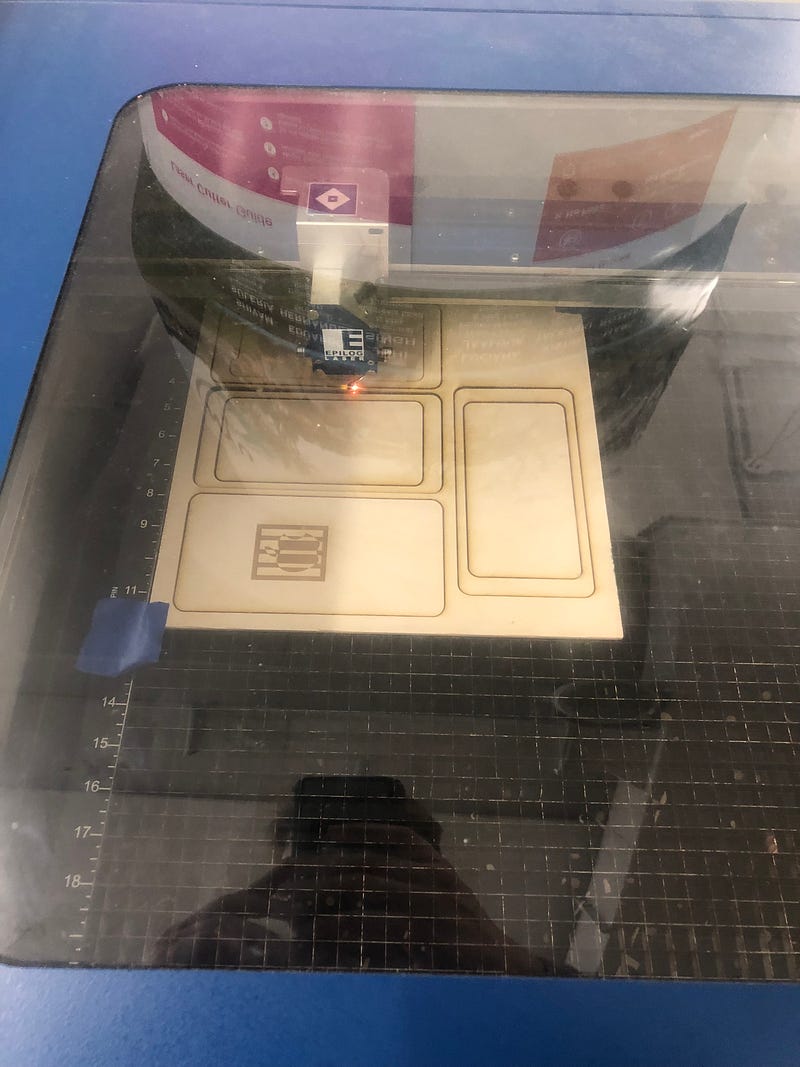
Stefan glued it together over the weekend, then we waxed, sanded, and inserted screws.
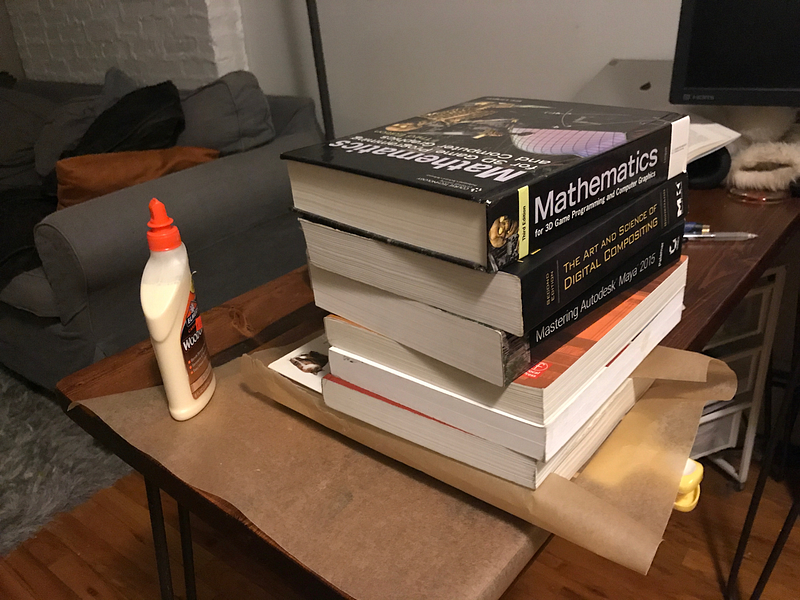
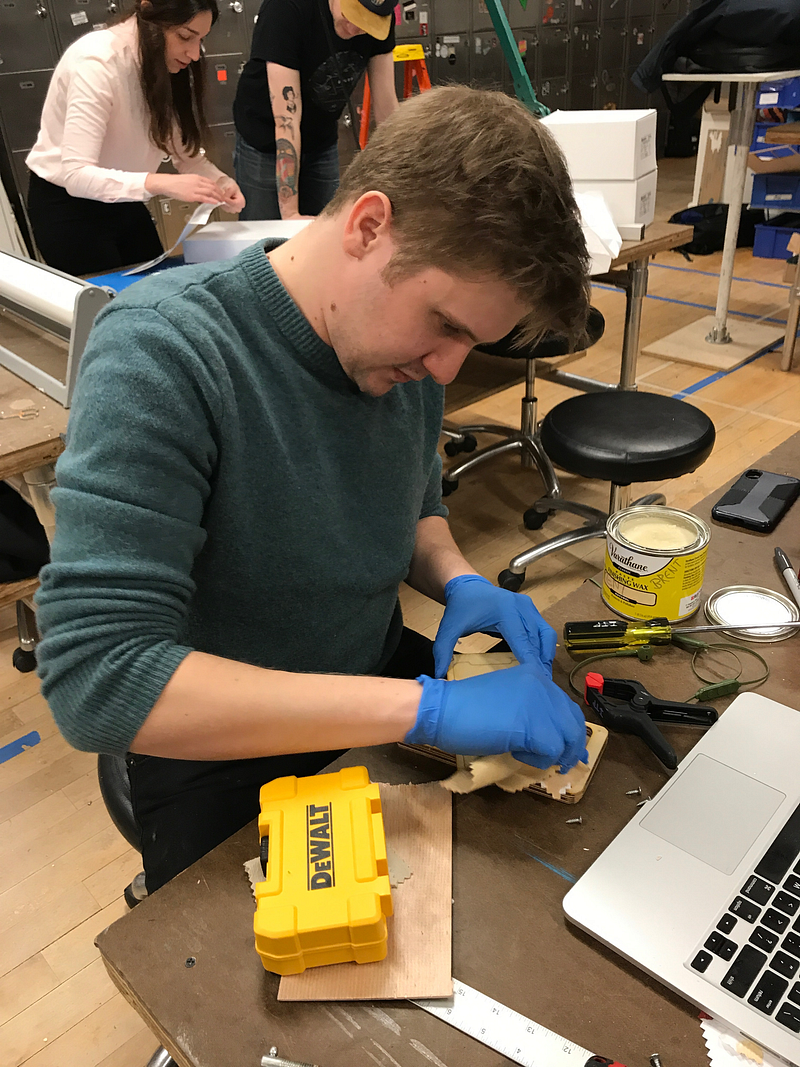
We added and cut a suede fabric sample for the “screen”, and then we were good to go.